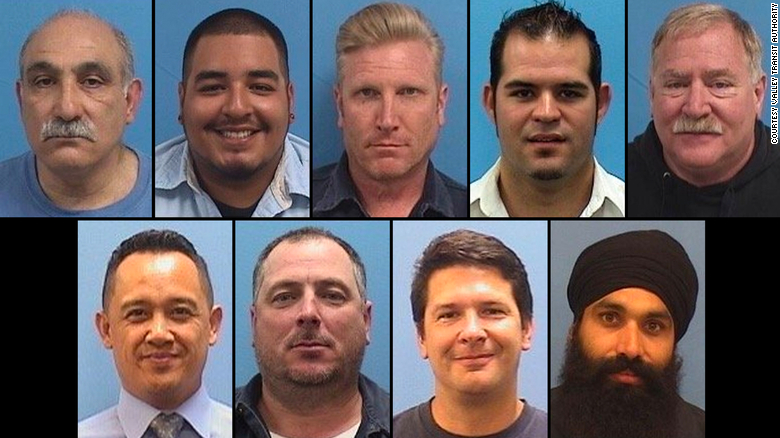
The nation was rocked once again by the news of yet another mass shooting in San Jose, California. The San Jose shooting is now being described by law enforcement officials as the actions of a disgruntled employee in an act of violence perpetrated against his coworkers. Samuel Cassidy, 57, entered his worksite, a rail facility for the Valley Transportation Authority at 6:30 in the morning with a duffle bag full of semi-automatic firearms with high-capacity magazines. Cassidy shot and killed 9 people who left behind families and loved ones in the aftermath of another tragedy in what has become a devastating state of normalcy.
Because there were no surveillance cameras in the rail yard, investigators have relied on witness testimony to fill in the blanks. Santa Clara County Sheriff Laurie Smith told the media that the San Jose shooting had the earmarks of serious premeditation, “ It appears to us at this point that he said to one of the people there, ‘I’m not going to shoot you.’ And then he shot other people. So, I imagine there was some kind of though on who he wanted to shoot.”
Possible motives for the San Jose shooting have only begun to emerge in the days following the violence. Cecilia Nelms, Cassidy’s ex-wife, told the Associated Press that Cassidy had ideations of homicidal violence against his coworkers as far back as 2012, when she recalled him saying he wanted to kill people at work. “I never believed him, and it never happened. Until now.” Nelms went on to state that Cassidy frequently expressed frustration or anger regarding his treatment at work, complaining of “unfair assignments.” The investigation into the San Jose shooting is still ongoing as law enforcement continue to piece together the pieces that lead to this violence. All the while, the families of the nine victims are left reeling, demanding answers as to how this could have been prevented.
As instances of mass shootings in the workplace continue to grow as a trending form of violence, employers and business owners continue to seek solutions to prevent it. While bolstering a workplace or worksite’s physical security measures are certainly a great way to protect employees, it can only go so far, as seen in the case of the San Jose shooting. The Valley Transportation Authority’s railyard was outdoors, and there are limits to how many checkpoints can be monitored and secured. Though security measure provide peace of mind, they cannot mitigate the systemic problems that toxic work environments cause. No evidence has emerged that the Valley Transportation Authority was a toxic employer, but the same cannot be said of all employers that have experienced mass shootings in their workplace. Toxic corporate cultures can potentially warp an employee into the sort who would open fire on his coworkers, and that’s why employers are more interested than ever in improving that culture.
Regardless of the motive for his deplorable actions, nothing would justify the senseless taking of nine lives and losses felt by hundreds more. The victims were Alex Ward Fritch, 49; Paul Delacruz Megia, 42; Taptejdeep Singh, 36; Adrian Balleza, 29; Jose Dejesus Hernandez, 35; Timothy Michael Romo, 49; Michael Joseph Rudometkin, 40; Abdolvahab Alaghmandan, 63, and Lars Kepler Lane, 63.



